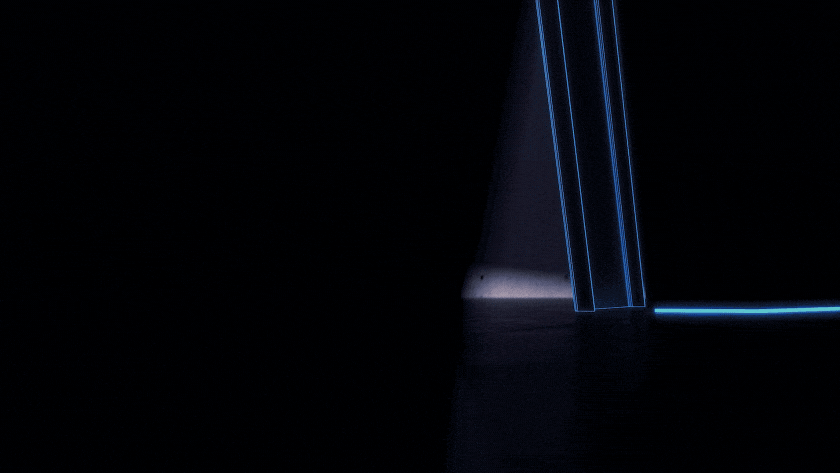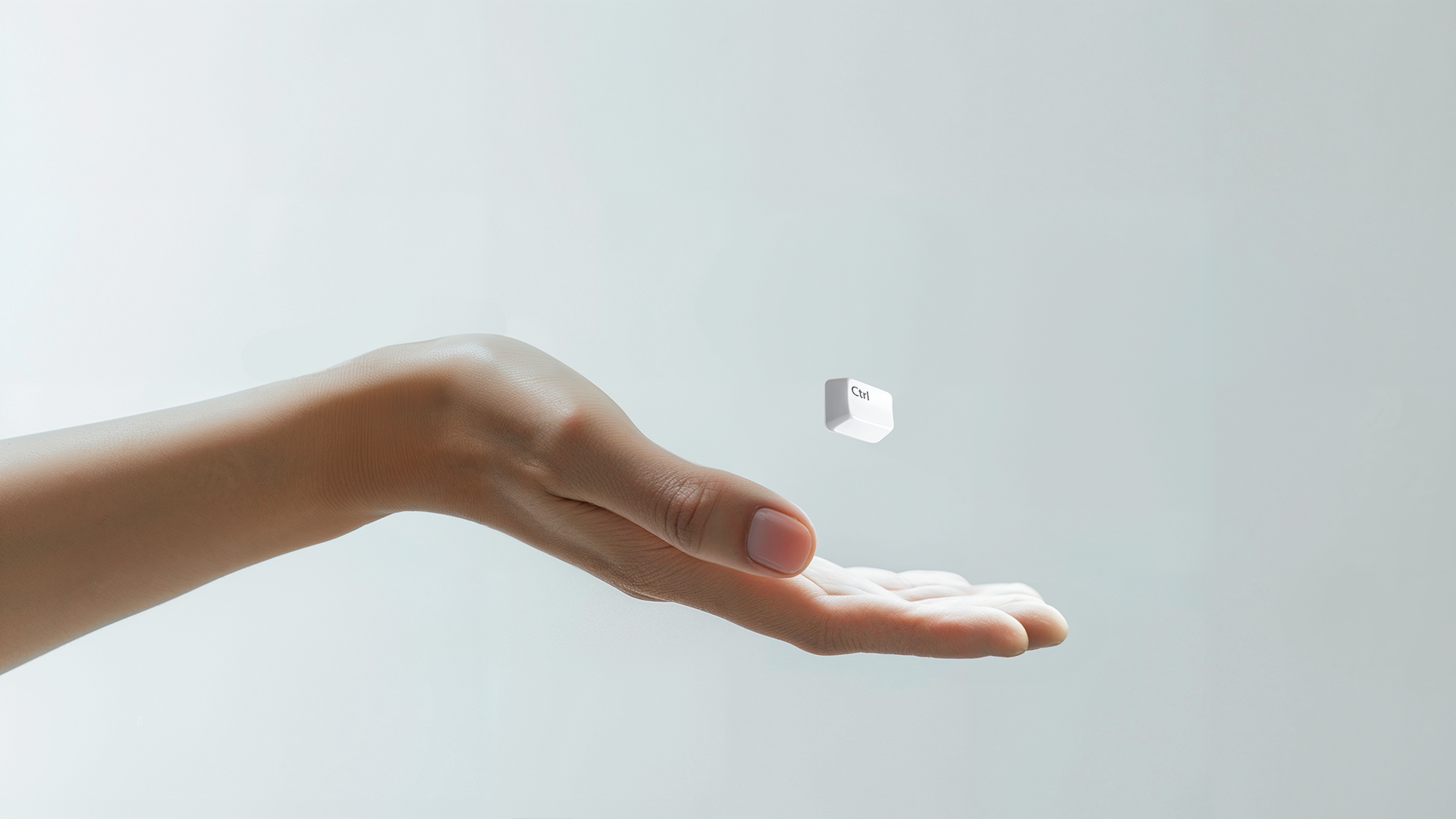If you were expecting a lot of visual treats going into this article: you won’t be disappointed. But before we dive into the blockbuster footage, I want you to imagine something.
Imagine you have total control over the way your portfolio is presented.
Even if you sell the tallest machines or the most abstract solutions, it doesn’t matter. You would have a way of visualising them and making them easy and engaging for everyone to see.
Do you want to place your product at the bottom of the deepest ocean? Go ahead. Do you want to present your solution as a constellation of stars? We’re not stopping you.
If you thought all of that was out of the question. It’s not anymore. Computer Generated 3D graphics have now entered the realm of possibilities in B2B. And they’re waiting for you to explore them.
In this article, I’ll tell you all you need to know.
Computer Generated what now?
You probably know Computer Generated Imaging – or CGI for short – from the movies.
Toy Story did it while bringing a tear to our eyes; Michael Bay did it with robots and a whole bunch of explosions.
Both are completely different in terms of style and substance, but both rely on a computer to generate either the entire image (in the case of Toy Story), or parts of the image (in the case of Transformers).
In most cases – and this is how it’s done at BBC – these images consist of 3D objects that you place in a scene. A 3D model can look simple, or it can look extremely realistic.
This depends on the level of detail of the textures you apply – or how the surface of your 3D model evokes the materials it’s made of. If you then apply the right lighting, you create the impression of object and setting coming together in one image.

When you combine several computer generated images together, you get a moving picture (we call this motion graphics), or you can have one image as a final product.

The key advantage to this is that you have complete freedom to create the thing you want. You don’t have to look for talking, walking toys – you create them on a computer. You don’t actually have to blow up half of New York – you do it from the safety of your computer.
And, in the case of our customer Xeikon: you don’t have to go through the logistical nightmare to get your digital printing press on a beach, you – again – create the image on your computer.

There are other advantages beyond creative freedom
Working with 3D models and computer generated images has a lot more advantages, especially if you compare it to its closest substitute: live photography.
You have full control
Once you created a quality 3D model, literally all options are open: do you want the scene to be bright or dark? Do you want to look at your product from a bird’s eye view? Or from the ground up?
It’s up to you to change up the scene and get the exact picture you want. In photography, you’d have to make do with the pictures you get, without any option of changing the scene.
You get results quicker
Imagine you want to create a crisp product page, showing your entire product line-up on a neutral background.
That would normally mean you’d have to put up a photo studio, and bring in all of your products to capture them one-by-one. With 3D, you immediately start building the image from the product CAD design files.
That’s a quicker result and less risk of damaging your products. Win-win.
You get more return on your investment
There’s another benefit to creating a library of 3D models: you have to do it only once.
Every time you need a new visual with a certain product – to feature on a webpage or grace the cover of a new brochure – you just put the model in the right scene, adjust the angle, lighting and… done.
With photography, you’d have to open up your purse for another photo-shoot.
But wait, isn’t that just for Hollywood?
A big reason brands – and especially B2B – aren’t looking into 3D or motion graphics yet, is that there are a lot of misconceptions. Those misconceptions are often based on past experiences, but things have changed.
For starters, 3D graphics can look realistic, without costing a fortune
For a long time, many people have tried looking into 3D, but decided it still looked fake or just…. weird. Especially when you didn’t have the budget big film studios are spending.
That has changed. Thanks to today’s 3D applications and rendering engines, you can create realistic-looking images without depleting your annual marketing budget.
Still skeptic? Take a look at these pictures, and try and tell if they’re computer generated or not.

3D graphics don’t take as long as anymore to produce
Now you might think most time in producing 3D graphics is spent by a designer furiously clicking on their computer, but that’s actually not the case. For animation, the biggest chunk of the time is spent on a process called rendering.
To my colleagues, this is a dreaded and largely misunderstood term, but it basically stands for the processing your computer does to put together all of the information in an image or frame.
A picture looks as great as it does because a rendering engine has calculated how exactly the light should reflect on a given surface, and how shadows should come into play.
That’s not as easy as it sounds. And it still takes a very powerful computer a fair bit of time to crunch through, but technological advances have made it possible to do it in a fraction of the time it took in the early days of 3D.
What’s more, I predict that in 5 years, computers won’t even need time to render at all. They’d generate the images in real-time, just like in video games.
So where do I use 3D?
Technology doesn’t mean much unless you find some good use for it. Luckily, the applications of motion graphics are plenty, not to say boundless.
Consider using CGI for
- Explainer videos
helping you to dive inside machines, show individual parts, or explaining abstract solutions in a visual way - Product launches
establishing a brand with a bang, creating movies and images that make your product the hero of the story - Product brochures or pages
showing your product without any distractions, allowing visitors to add or remove modules, seeing the product change on the fly - AR applications
placing products in a context, and showing it from all angles - Brand building
building your entire identity around 3D graphics, giving you countless ways to express yourself
Choosing 3D gave us complete freedom to design our Craft brand identity and story
What should I know to get started?
If 3D graphics seem like a long way away, you’re in for a nice surprise: it’s actually not hard at all to begin with.
For a product, all you need are the CAD files, which are then meticulously converted and textured by your agency.
Texturing doesn’t need any work or preparation from your side either. In our approach, for example, we just take detailed shots from your products, and recreate the surface textures from scratch.
All in all, there are just three important considerations that help you save both time and money.
1st consideration – Export right, order right
Converting design files into workable 3D models can be a long, painstaking process, or it can go surprisingly fast.
Much depends on the export settings of your CAD-files. Merely ticking a couple of boxes can mean the difference between one hour of work and four. I don’t want to get into the technical details here (and I suspect you don’t want to either), but be sure to put your design team in touch with your agency’s motion designers for the best result.
Also, structure your files as much as possible: work hierarchies into your folders, group product add-ons together and so on. This helps a motion designer work more efficiently, freeing up time to make your textures look even better.
2nd consideration – Bundle feedback
Every creative process will go through several iterations of feedback. However, some wrongly think that all feedback is easily implemented and that the result is immediate. Of course, this overlooks the time needed for rendering, as well as the many interdependencies of a 3D scene.
That’s why it’s best to bundle all feedback from key stakeholders before sending it in. In this way, the number of iterations and the time making them can be reduced.
3rd consideration – Perfection has a price
You already learned that 3D images can look great without decimating your budget.
However, there’s a difference between ‘great’ and ‘sheer perfection’. And this is a major pitfall in 3D: it can always look better. You can always improve the level of detail in the model, the textures, or the lighting.
This can lead to a never-ending sequence of iteration upon iteration, each adding to the total amount of time and budget spent. Remember that, just like in other aspects of life, perfection can be a costly affair in 3D.
Where will the future take us?
Just as exciting as today’s possibilities of 3D, are the possibilities that lie ahead of us.
3D and motion graphics will further trot down the path of delivering more engaging experiences, which will result in truly interactive VR and AR experiences. (If you had written off VR as a passing fad, you’ll probably reconsider that in the coming years.)
It’ll still take some time before your customers can become fully immersed in your world, but today you can already make a quantum leap with your communication.
The only question that remains is: who do you want to be more, Toy Story or Transformers?






